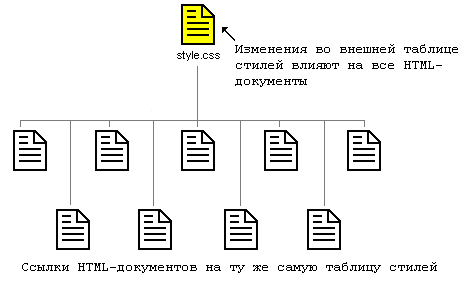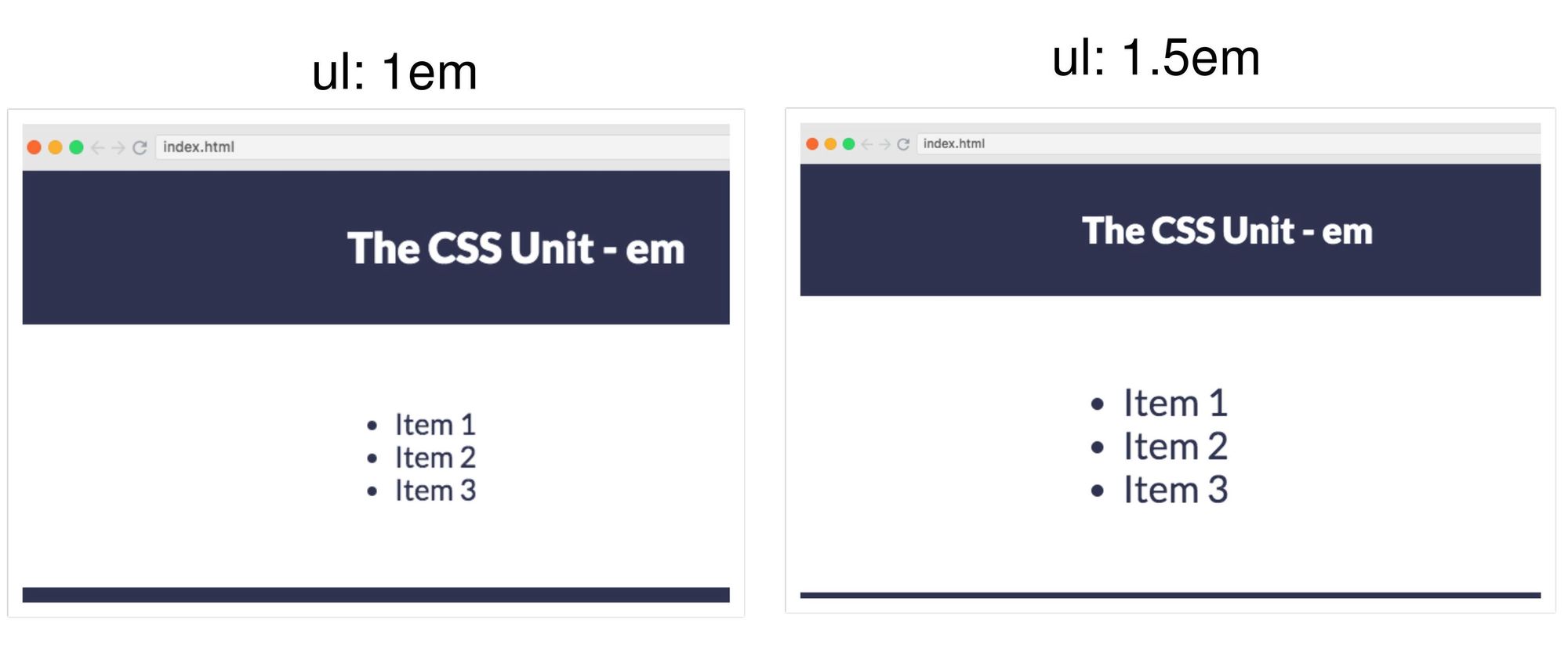
#RESPONSIVELY SIZE MODIFY IMAGE IN HTML HOW TO#
And if you need to center and align image on those site, you need to learn how to make images fluid or responsive with CSS. It may be more useful to link to a new CSS file, say “insuranceimages.css”, and just do them individually with i.d.'s and assign new dimensions in pixels.The majority of today’s websites are responsive. It does perform fluid motion, however, which is CPU intensive, and it is scaled down until it reaches the 60% mark. I specified the width and height of the images in the HTML, and inside a media query when the browser is 780px wide, the image will be 60% of its original size.

I am thinking of adding a class named “shrink” to images I want this to apply to. Tested in the big 4 (including IE8 & 9) and seems to work. Note that there are NO media queries involved. You can fudge, of course Just remember that if an image is scaled larger than it’s native dimensions, it soon becomes fuzzy. I chose these values because they approximate the original dimensions of the images. The only value you have to supply is the width value of the.
Make the following style changes to lp.css starting around line 114:
#RESPONSIVELY SIZE MODIFY IMAGE IN HTML DOWNLOAD#
For mobile devices, for example, you could actually use an entirely different set of images that are sized smaller, thereby eliminating the bandwidth required to download the larger images.Īssuming you groove on the fluid images, here’s a hack for you.įirst, surround the floated images with a classed (the numbers conveniently correspond to the image names): Loading individually pre-sized images is even more device efficient. Assigning smaller fixed dimensions at preferred widths is more efficient (and much easier to code). Resizing images by assigning % widths is cool but is very CPU intensive (probably not a real issue, though). Your images are few and not very big, so this solution should be satisfactory. The images will scale to fit those dimensions. You can easily do that by simply assigning smaller dimensions to the images in css with media queries. But it would be nice if the images were smaller at narrower page widths. The text flows around the images nicely as the page is resized. While not always necessary, it’s a good idea to do so. If you forego the fluid behavior (whose value is debatable), the responsive behavior with media queries is very easy.Īside: I noticed that the images do not have explicit width and height assignments either in CSS or HTML.

Resizing images using percent widths when the width of the window changes would be a “fluid” behavior that is popularly incorporated in responsive designs. Margin:8px 0 /* vertical margin between content sections */ floatRight, then why don’t the following styles generate the shrinking/expansion of the images when the browser is being resized? Since I want the articles’ pictures to be resized and those images’ parent element are divs with either class of. I also read on Stack Overflow with someone having a similar issue, and someone was saying it had to do with the parent element not resizing, with a recommendation to add width:100% to that element. I have been utilizing resources like one on Web Designer Wall. I have been trying to decipher how to automatically expand and shrink the images on the landing pages for my website.


 0 kommentar(er)
0 kommentar(er)
